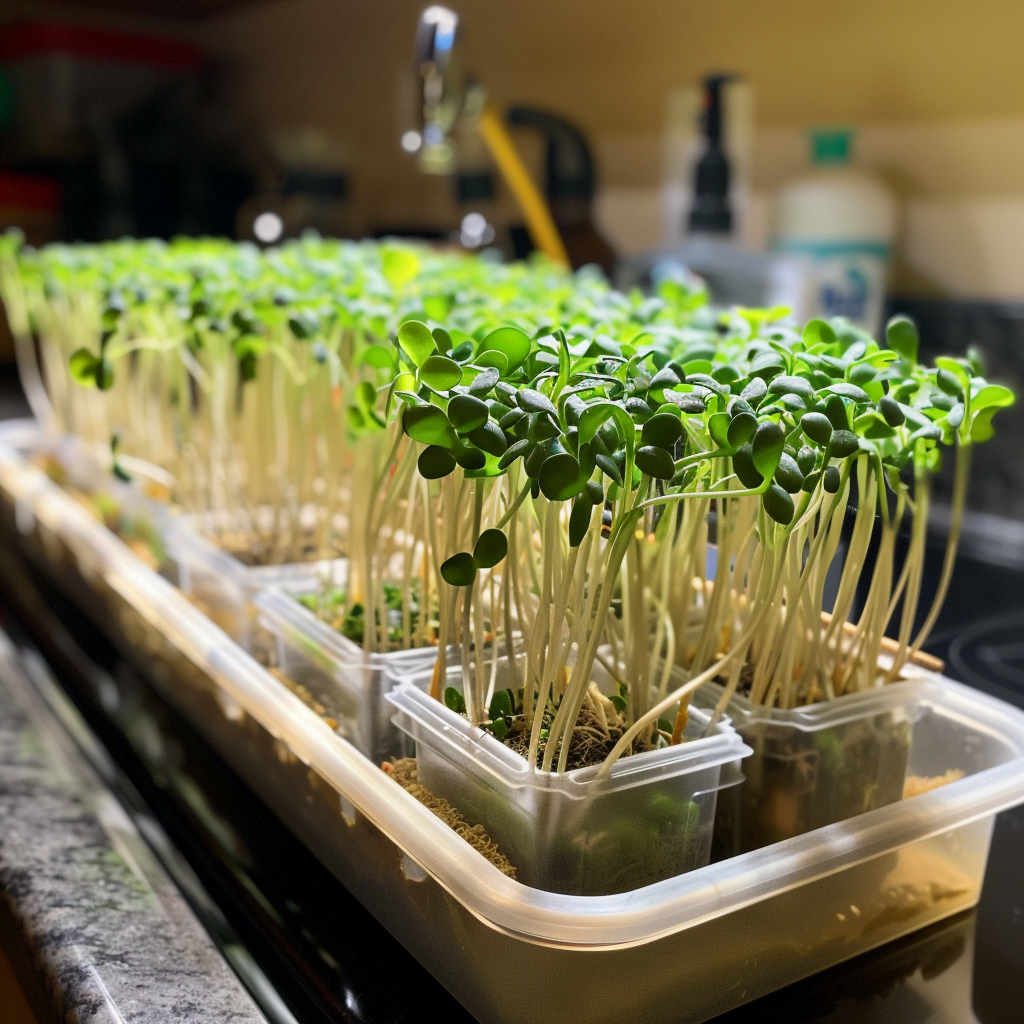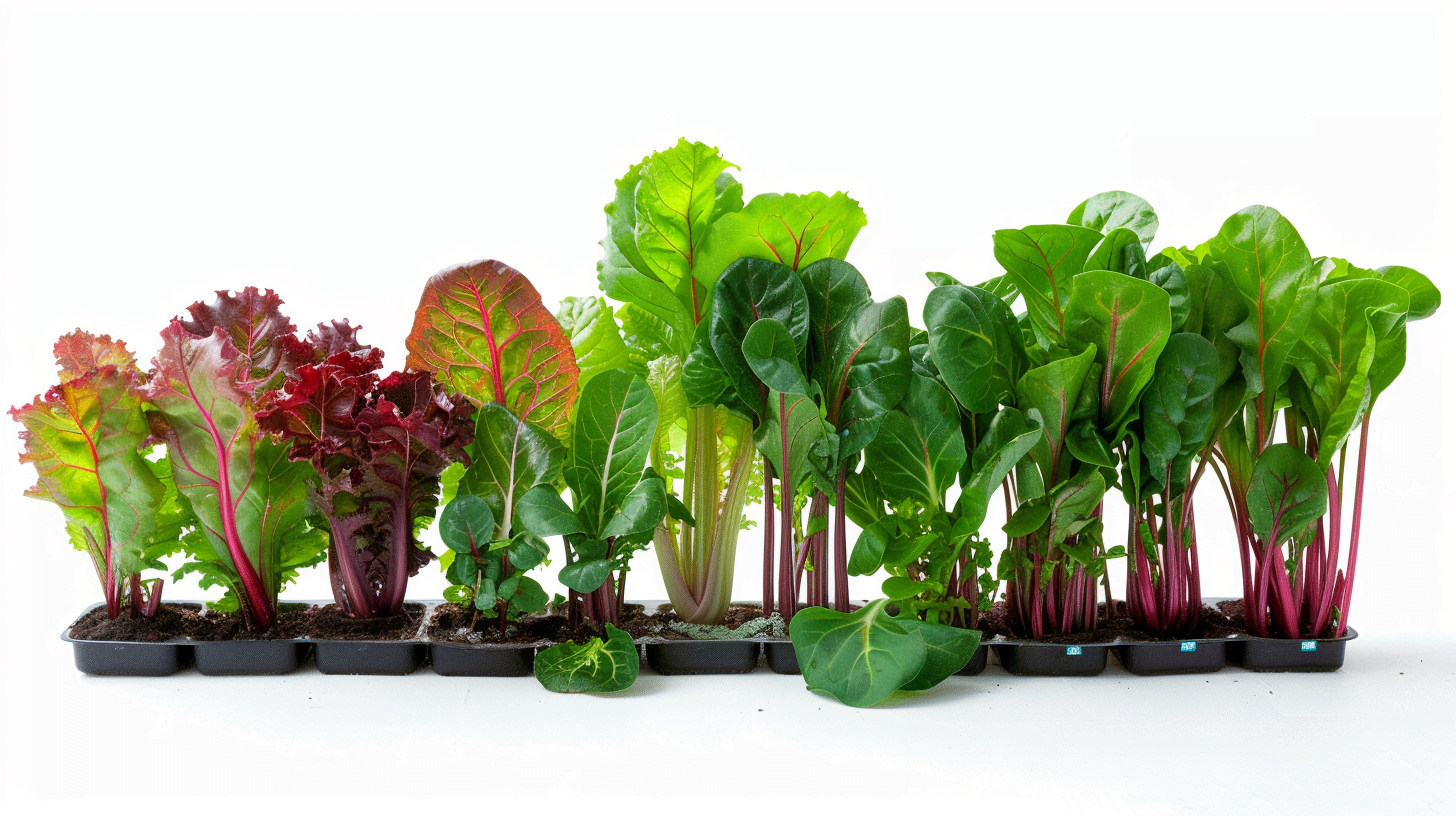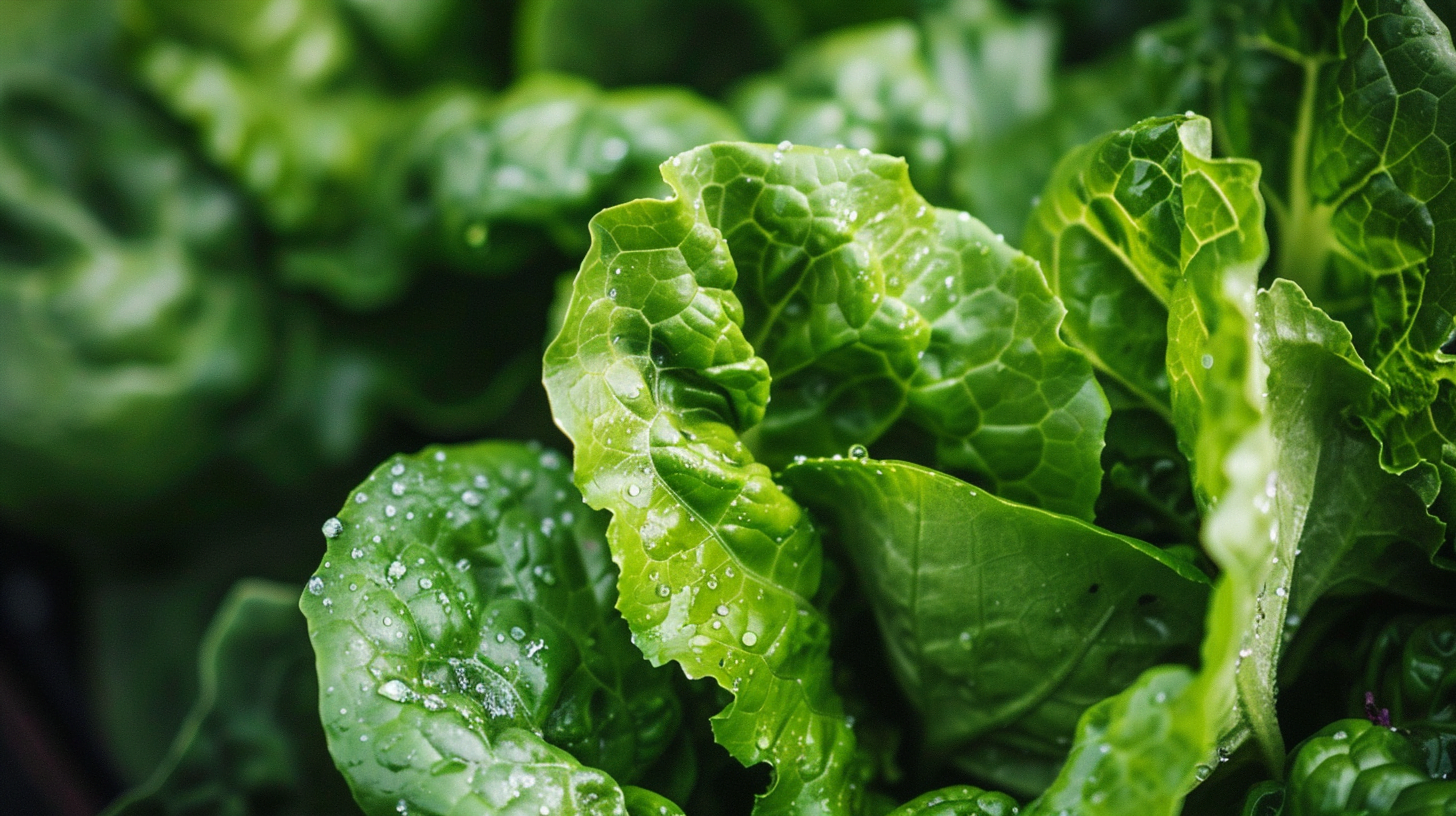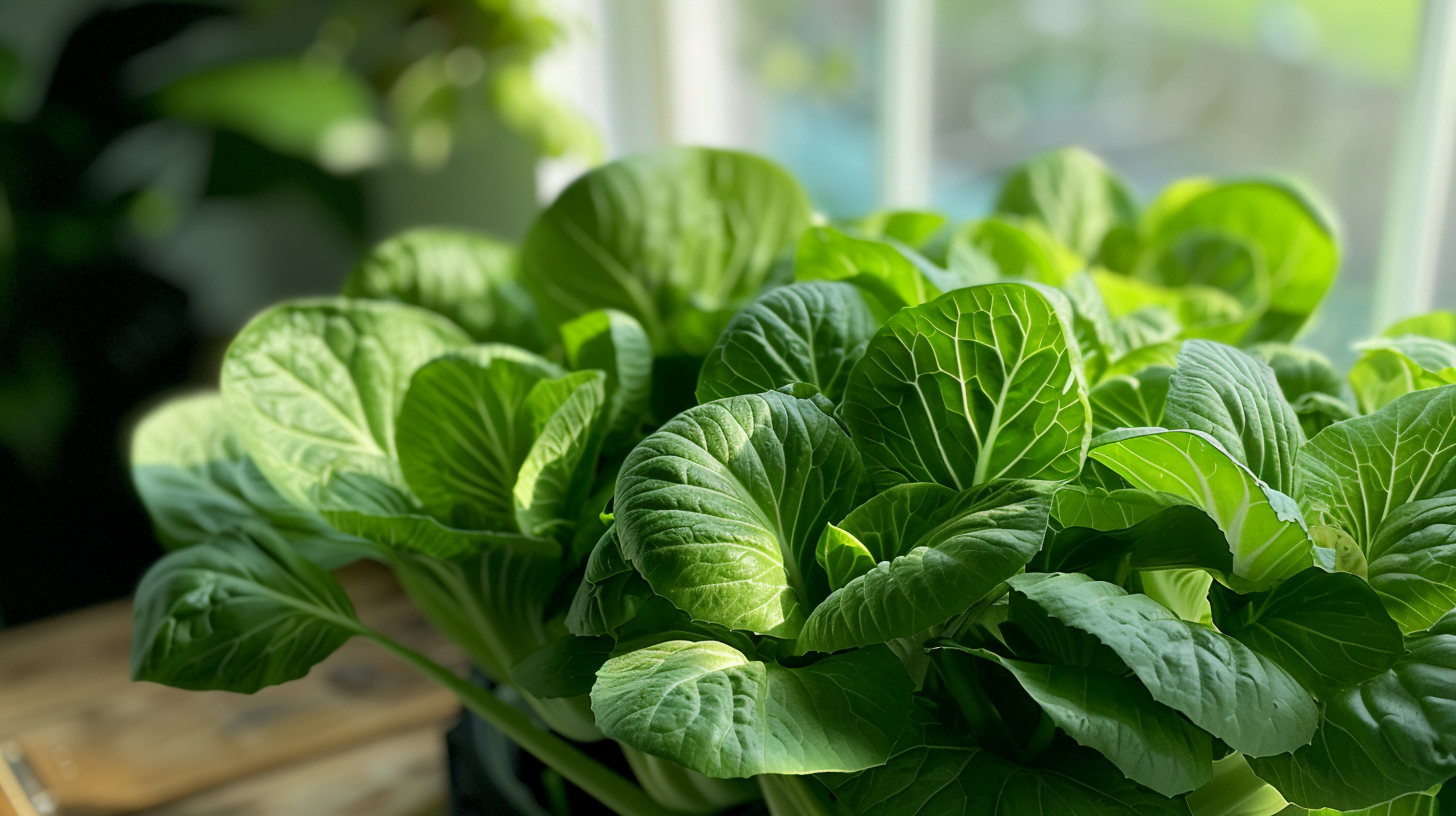Growing crisp, fresh bean sprouts is easier than you think thanks to hydroponic gardening. Hydroponically grown sprouts offer consistent, rapid growth along with higher yields in less space. So can i grow bean sprouts hydroponically? The answer is a resounding yes. With the right equipment and a good nutrient solution, hydro systems create ideal conditions for bean sprouts to thrive. This comprehensive guide will teach you everything you need to know about successfully cultivating bean sprouts hydroponically, from sprout basics to setting up your system to maintenance and harvesting. Let’s dive deeper and sprout into it!
Bean Sprout Basics – An In-Depth Look
Bean sprouts are simply germinated beans harvested just a few days after sprouting. But there’s more to these crunchy sprouts than meets the eye.Many types of beans can be used for sprouting, but the most common varieties are:
- Mung Beans – The most popular. Known for their crisp texture and sweet, nutty flavor. High in vitamin C, iron and magnesium. Grow quickly in just 6-8 days.
- Adzuki Beans – Rich, nutty flavor. Contain more protein than mung beans. High antioxidant and mineral content with benefits for heart health and blood pressure.
- Garbanzo Beans – Creamy, nutty taste. Packed with fiber, protein, iron, zinc and folate. Aid weight loss and gut health.
- Lentils – Earthy flavor. Extremely high levels of protein, fiber, iron, manganese, zinc and B vitamins. Support muscle growth, metabolism and digestion.
Sprouts are packed with vitamins and minerals while also being low in calories. The sprouting process increases the bioavailability of nutrients by up to 20 times compared to unsprouted beans.
Here’s an in-depth look at the nutritional benefits of bean sprouts:
Vitamin C – As a water-soluble antioxidant, vitamin C boosts immune function and skin health. Sprouting significantly increases vitamin C levels. Just one cup of sprouted mung beans contains 30% of the RDI.
Folate – Also called vitamin B9, folate is vital for new cell and DNA production. It also prevents neural tube defects in infants. Sprouting raises the folate content by up to 3x in certain seeds.
Manganese – This trace mineral supports bone development, metabolism, blood sugar regulation and brain function. Sprouts can contain over 20% of the manganese RDI per cup.
Protein – Crucial for building and repairing tissues and muscle growth. Many sprouts provide a substantial amount of plant-based protein. For example, lentil sprouts have almost 8g protein per cup.
This just scratches the surface of the many vital nutrients found in bean sprouts. When grown hydroponically, these nutrients become even more bioavailable. Now let’s examine how hydroponic gardening can enhance the sprouting process.
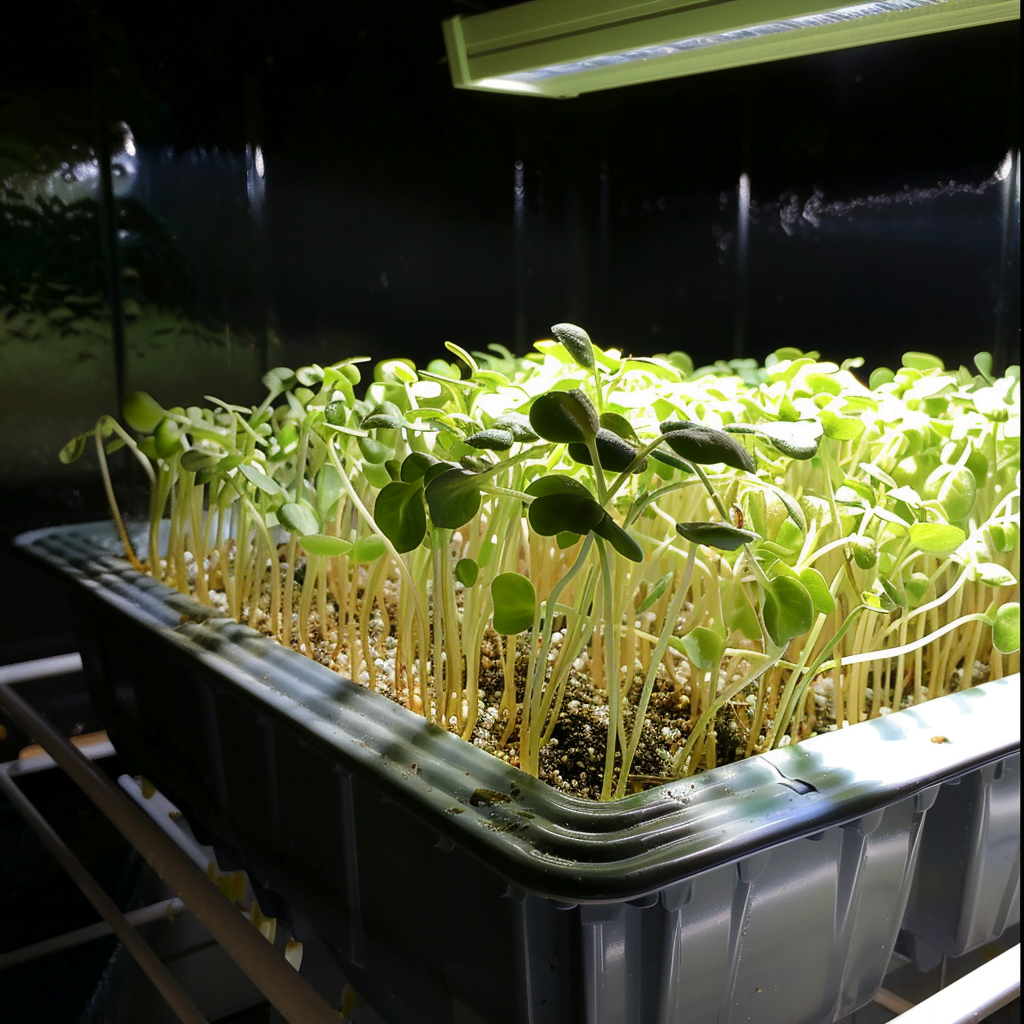
Hydroponic Gardening Overview – The Science Behind It
Hydroponics refers to growing plants without soil by using a nutrient-rich water solution. At first glimpse, it almost seems like magic. But there’s concrete science behind its effectiveness.There are several types of hydroponic systems:
- Deep Water Culture – Plants grown in nutrient solution only. Roots fully immersed and aerated. High efficiency and great for leafy greens.
- Wick System – Nutrients delivered to roots via capillary action through a porous growing medium. More affordable, low-maintenance option.
- Ebb and Flow – System periodically floods the roots then drains. Requires timer and active pumping.
- Drip System – Nutrient solution slowly dripped right onto the root zone. Moderately complex setup.
- Nutrient Film Technique – Shallow stream of nutrients continuously flowing past roots. High yield, fast growth.
But why does hydroponics growing bean sprouts lead to better results? There are several scientific reasons:
Targeted Nutrient Delivery – Since nutrients go right to the roots rather than having to move through soil, plants absorb more of what they need faster.
Greater Oxygenation – Hydroponic systems actively pump air/water to the roots creating ideal oxygen conditions for improved nutrient absorption.
Earlier Maturation – With nutrients and water readily available, sprouts reach maturity and full nutrient density faster – in as little as 5-7 days.
Higher Yield In Small Spaces – Hydroponically grown sprouts convert a greater percentage of nutrients into edible sprouts rather than diverting energy to extensive root systems resulting in much higher yields per square meter.
Controlled Disease Prevention – The ability to strictly control nutrient levels, pH, air flow, cleanliness, and other factors in hydroponics minimizes chances of diseases.
This makes hydroponics an extremely effective method for cultivating bean sprouts. It’s both a science and an art form that pays tremendous dividends.
Equipment Needed to Grow Bean Sprouts Hydroponically
While basic hydroponic systems are relatively inexpensive to set up, you will need the following equipment:
Hydroponic system
- Options range from small containers to multi-layer vertical systems
- Simple raft, float or NFT channels often used for sprouts
- Consider desired yield and available space
Growing containers
- Typically 2-3 inch net pots or buckets
- Allows sprout roots to access the nutrient solution
- Must have adequate drainage
Water pump and tubing
- Submersible pumps range from 40 – 920 GPH
- 1⁄2 inch tubing is sufficient for bean sprouts
- Ensure no leaks in system
Timer
- Fully automated electric timers take the guesswork out
- Can control lighting, water pumps, nutrient cycles
- Analog options also available
Growing medium
- Clay pellets and perlite are common mediums
- Supports seeds and roots
- Must be pH neutral
Nutrient solutions
- Specifically formulated hydroponic solutions
- Provide all essential macro and micronutrients
- Separate vegetative vs flowering formulations
With the equipment in place, you can now delve into actually growing bean sprouts hydroponically.
Step-by-Step Guide to Grow Bean Sprouts Hydroponically
Once your hydroponic system is up and running, growing bean sprouts takes as little as 7-10 days from seed to harvest using this simple process:
Selecting Bean Types
- Choose common sprouting varieties like mung, lentil, alfalfa
- Ensure high germination and sprouting rates
- Source from reputable seed banks
Soaking and Pre-Sprouting Beans
- Soak beans for 8-12 hours to trigger sprouting process
- Drain excess water and rinse 2-3 times per day
- Once small root tail emerges, move to hydro system
Placing Pre-Sprouted Beans in the Hydroponic System
- Gently place sprouts in growing medium like perlite or clay pellets
- Beans will attach to medium and roots will reach water
- Can transplant seedlings or direct seed
Maintaining Proper Growing Conditions
- Temperature: 70-80°F is optimal
- Lighting: 12-16 hours per day (fluorescent or LED)
- Adequate water and nutrients must be maintained
- Ensure good airflow to prevent mold.
Harvesting Bean Sprouts
- Harvest sprouts once the root tail is 1-1.5 inches long
- Typically ready in just 7-10 days
- Gently rinse and store immediately after harvest
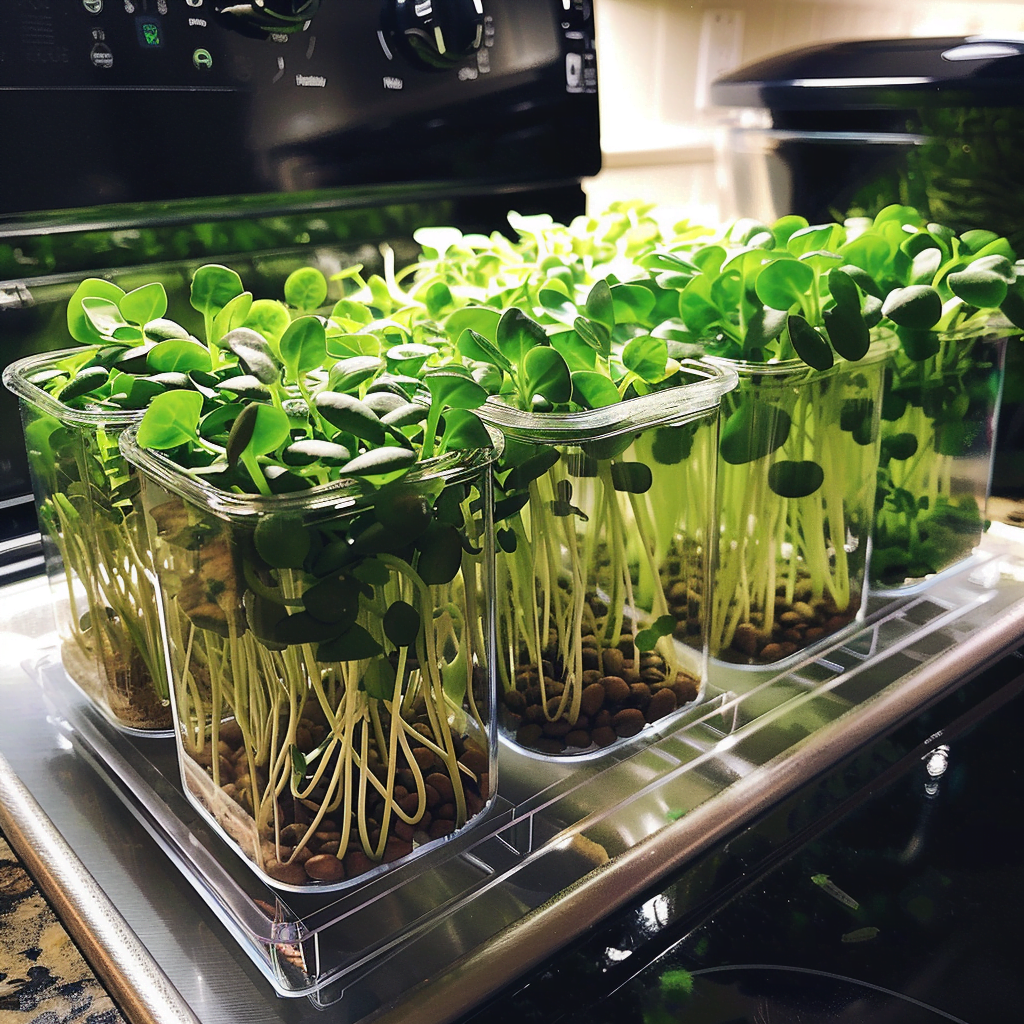
Maintaining a Hydroponic Bean Sprout System
Caring for your hydroponic setup ensures your bean sprouts consistently thrive:
pH Management
- Test pH daily and keep between 5.5 – 6.5
- Add pH up/down solutions as needed
- Out of range pH blocks nutrient absorption
Nutrient Management
- Measure EC (total dissolved solids) with meter
- Keep EC between 1.2 – 1.6 mS/cm
- Add more nutrient concentrate or water to adjust
Cleaning & Sanitation
- Completely clean system between sprout cycles
- Eliminate salt buildup and disease vectors
- Use hydrogen peroxide or food-grade bleach
Water Changes
- Replace nutrient solution weekly
- More often if solution gets cloudy
- Premix nutrients into fresh water
Troubleshooting Issues
- Address mold, fungi and root rot immediately
- Be on watch for discolored or slimy roots
- Remove affected plants ASAP
Staying on top of system maintenance ensures your sprouts grow rapidly and safely with bountiful yields.
Storing and Using Hydroponic Bean Sprouts
Once harvested, hydroponic bean sprouts need proper storage and use:
Storage
- Refrigerate sprouts immediately at 35-40°F
- Ensures 7-10 day shelf life
- Store in breathable container
Cleaning
- Rinse sprouts gently before serving
- Agitate to remove seed hulls
- No need to wash pre-harvested sprouts
Enjoying
- Incorporate into salads, sandwiches, Buddha bowls
- Saute or stir fry quickly
- Use in any recipe just like normal sprouts
Proper post-harvest care retains the superior crisp texture and nutrition of hydroponically grown bean sprouts.
Conclusion – Start Sprouting Now
Growing bean sprouts via hydroponics, while unfamiliar to some, is absolutely viable and productive. A properly managed system leads to excellent germination rates and robust sprout growth in shorter times. Follow this guide to assemble your own small-scale hydroponic setup for nourishing, home-grown bean sprouts using just water, nutrients and a quality lighting source. Everything you need to know is outlined here. The science says hydroponically grown bean sprouts are higher yielding, faster growing, more nutritious and less prone to disease. Harness the power of hydroponics and start sprouting!
